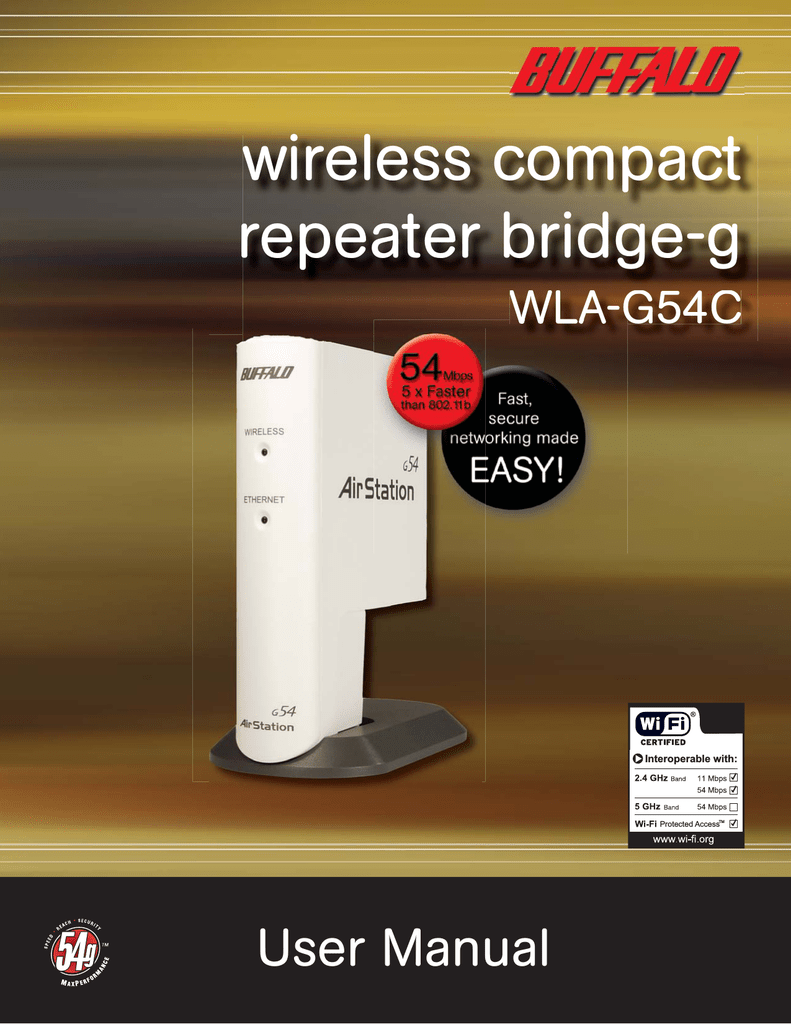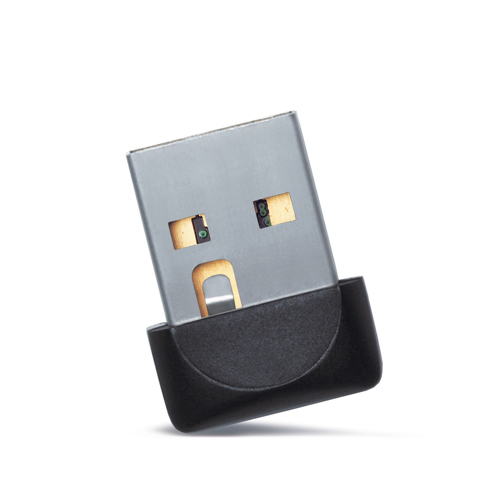The most up-to-date breaking news for the Buffalo Sabres including highlights, roster, schedule, scores and archives. Radio Network As the home of Buffalo Bills football, WGR 550 carries all Bills football games through the season.
- Download Free Wireless Network Adapter Driver
- Buffalo Network Usb Navigator
- Buffalo Network & Wireless Cards Driver Download Windows 7
- Free Download Wireless Network Driver
What's new
See the release notes and the readme.txt file for installation instructions, supported hardware, what's new, bug fixes, and known issues.
Overview
This download installs base drivers, Intel® PROSet for Windows* Device Manager, and Intel® PROSet Adapter Configuration Utility for Intel® Network Adapters with Windows® 10.
Which file should you download?
Note:10-GbE adapters (those that support Windows 10) are only supported by 64-bit drivers.
- PROWin32.zipfor 32-bit (x86) editions of Windows*
- PROWinx64.zipfor 64-bit (x64) editions of Windows
How to use this download
Download the self-extracting archive and run it. It will extract the files to a temporary directory, run the installation wizard, and remove the temporary files when the installation is complete. All language files are embedded in this archive. You don't need to download an extra language pack.
Supported devices
This software may also apply to Intel® Ethernet Controllers. Support for built-in network connections is provided by the system or board manufacturer.
About Intel® drivers
The driver or software for your Intel® component might have been changed or replaced by the computer manufacturer. We recommend you work with your computer manufacturer before installing our driver so you don’t lose features or customizations.
See a list of manufacturers’ Support websites.
| Manufacturer | Melco |
|---|---|
| Type | Network-attached storage |
| Operating system | Linux, Windows Storage Server |
| CPU | PowerPC, MIPSel, ARM |
| Connectivity | 100BASE-TX, 1000BASE-T |
| Website | https://www.buffalotech.com/ |
The Buffalo TeraStation network-attached storage series are network-attached storage devices.
The current lineup includes the LinkStation and TeraStation series.[1] These devices have undergone various improvements since they were first produced, and have expanded to include a Windows Storage Server-based operating system.[2]
History[edit]
TeraStation[edit]
The TeraStation is a network-attached storage device using a PowerPC or ARM architecture processor. Many TeraStation models are shipped with enterprise-grade internal hard drives mounted in a RAID array. Since January 2012, the TeraStation uses LIO for its iSCSI target.
| Series | Features | CPU | RAM | Form Factor |
|---|---|---|---|---|
| TeraStation 5020 WSS | Hot-swappable drives, integration with third party cloud providers, data replication, rsync integration, duplex firmware; WSS models includes Windows Storage Server 2016 operating system | Intel Atom C3338 | 8GB DDR4 with ECC | 2-, 4-, or 6-bay desktop and 4-bay rackmount |
| TeraStation 3010 Series | Hot-swappable drives, integration with third party cloud providers, data replication, rsync integration, iSCSI target support, duplex firmware | Annapurna Labs AL-212 Dual-Core 1.4 GHz | 1 GB DDR3 | 2- or 4-bay desktop and 4-bay rackmount |
| TeraStation 5010 Series | 10 GbE networking, hot-swappable NAS-grade drives, integration with third party cloud providers, data replication, rsync integration, iSCSI target support, duplex firmware | Annapurna Labs AL-314 Quad-Core 1.7 GHz | 4 GB DDR3 with ECC, 8 GB DDR3 with ECC (12-bay rackmount) | 2-, 4-, or 8-bay desktop and 4- or 12-bay rackmount |
| TeraStation 6000 Series | 10 GbE networking, hot-swappable NAS-grade drives, snapshots, integration with third party cloud providers, data replication, rsync integration, iSCSI target support, duplex firmware | Intel Atom C3538 | 8 GB DDR4 with ECC | 4-bay desktop and 4-bay rackmount |
LinkStation[edit]
The LinkStation is a network-attached storage device using a PowerPC or ARM architecture processor designed for personal use, aiming to serve as a central media hub and backup storage for a household. Compared to the TeraStation series, LinkStation devices typically offer more streamlined UI and media server features.
| Series | Features | CPU | RAM | Form Factor |
|---|---|---|---|---|
| LinkStation 200 Series | Low-cost NAS device designed for home media backup and streaming with features such as DLNA support and direct copy | Marvell Armada 370 800 MHz dual issue ARM | 256 MB DDR3 | 2-bay desktop |
| LinkStation 500 Series | Designed for home office users, with more robust backup and streaming features | Realtek RTD1195N 1.1 GHz Dual-Core | 256 MB DDR3 | 2-bay desktop |
| LinkStation SoHo | Designed to be an entry-level home office device with data storage and backup capabilities, direct copy, UPS sync, | Marvell Armada 370 800 MHz dual issue ARM | 256 MB DDR3 | 2-bay desktop |

Current Product Lineup[edit]
LinkStation[edit]

The LinkStation is notable among the Linux community both in Japan[3] and in the US/Europe[4][5] for being 'hackable' into a generic Linux appliance and made to do tasks other than the file storage and sharing tasks for which it was designed. As the device runs on Linux, and included changes to the Linux source code, Buffalo was required to release their modified versions of source code as per the terms of the GNU General Public License. Due to the availability of source code and the relatively low cost of the device, there are several community projects centered around it. There are two main replacement firmware releases available for the device: the first is OpenLink[6] which is based on the official Buffalo firmware with some modifications and features added. The other is FreeLink,[7] which is a Debian distribution.
TeraStation[edit]
Like the LinkStation, TeraStation devices run its own version of Linux, and some models run Windows Storage Server 2016. Debian and Gentoo Linux distributions and NetBSD are reported to have been ported to it.[8]
Operation[edit]


The device in various iterations ships with its own Universal Plug and Play protocol for distribution of multimedia stored on the device. It can also be configured as a variety of different media servers[9]TwonkyVision Media server,[10] a SlimServer/SqueezeCenter server, an iTunes server using the Digital Audio Access Protocol,[11] a Samba server, an LIO iSCSI target, MLDonkey client, as well as a Network File System server for Posix-based systems. For use as a backup server, it can be modified to use Rsync to back up or synchronize data from one or many computers in the network pushing their data, or even having the LinkStation pulling the data from remote servers—beside the use of the Buffalo-provided backup software for Windows. It has also found use in a number of other ways, notably through its USB interface which comes configured as a Print server but can also use the Common Unix Printing System to act as such for a USB Printer. Users have managed to get it to use a number of other USB devices[12] with the version 2.6 Linux kernel's[13] enhanced USB support. Additionally, because the Apache HTTP Server software is already installed for the purpose of providing the Buffalo configuration screens, the device is easily converted to be a lightweight web server (with the Buffalo content deleted) that can then serve any content of the operator's choice.
Download Free Wireless Network Adapter Driver
Achievements[edit]
The LinkStation and TeraStation NAS devices have won various industry awards since their introduction, such as the TS51210RH winning Storage Product of the Year for the 2018 Network Computing Awards. The TeraStation has also won the SMB External Storage Hardware category of the CRN® Annual Report Card (ARC) awards, which recognizes exceptional vendor performance, for three years in a row.
Buffalo Network Usb Navigator
Gallery[edit]
TeraStation Desktop
LinkStation SoHo
TeraStation 51210 Rackmount
TeraStation Rackmount
LinkStation Mini and PP3 battery
LinkStation Pro and KuroBox Pro
Kuro-box pro
Kuro Box
Two TeraStations stacked
See also[edit]
References[edit]
Buffalo Network & Wireless Cards Driver Download Windows 7
- ^'Home | Buffalo Americas'. www.buffalotech.com. Retrieved 2019-11-25.
- ^'LS Hardware and Software information - NAS-Central Buffalo - The Linkstation Wiki'. Buffalo.nas-central.org. Archived from the original on 2016-03-04. Retrieved 2015-02-26.
- ^'キャバクラお金事情'. Type-g.com. Retrieved 2015-02-26.
- ^'NAS-Central Buffalo - The Linkstation Wiki'. Buffalo.nas-central.org. Archived from the original on 2008-07-24. Retrieved 2015-02-26.
- ^'Yahoo! Groups'. Groups.yahoo.com. 2004-09-21. Retrieved 2015-02-26.
- ^'Category:OpenLink - NAS-Central Buffalo - The Linkstation Wiki'. Buffalo.nas-central.org. 2006-08-14. Archived from the original on 2016-03-03. Retrieved 2015-02-26.
- ^'Category:FreeLink - NAS-Central Buffalo - The Linkstation Wiki'. Buffalo.nas-central.org. 2006-08-14. Archived from the original on 2015-01-22. Retrieved 2015-02-26.
- ^'Terastation.org'. Terastation.org. Retrieved 17 January 2015.
- ^'Category:Mediaserver - NAS-Central Buffalo - The Linkstation Wiki'. Buffalo.nas-central.org. 2006-08-06. Archived from the original on 2016-03-04. Retrieved 2015-02-26.
- ^'twonkyvision.de'. Twonkyvision.de. Retrieved 17 January 2015.
- ^[1]
- ^'Category:USB'. Buffalo.nas-central.org. Archived from the original on 25 June 2016. Retrieved 17 January 2015.
- ^'Category:Kernel'. Buffalo.nas-central.org. Archived from the original on 18 October 2015. Retrieved 17 January 2015.
Free Download Wireless Network Driver
